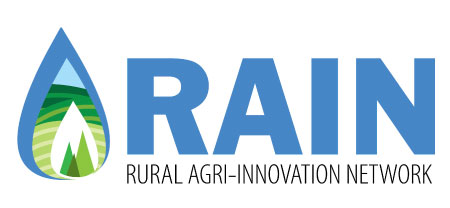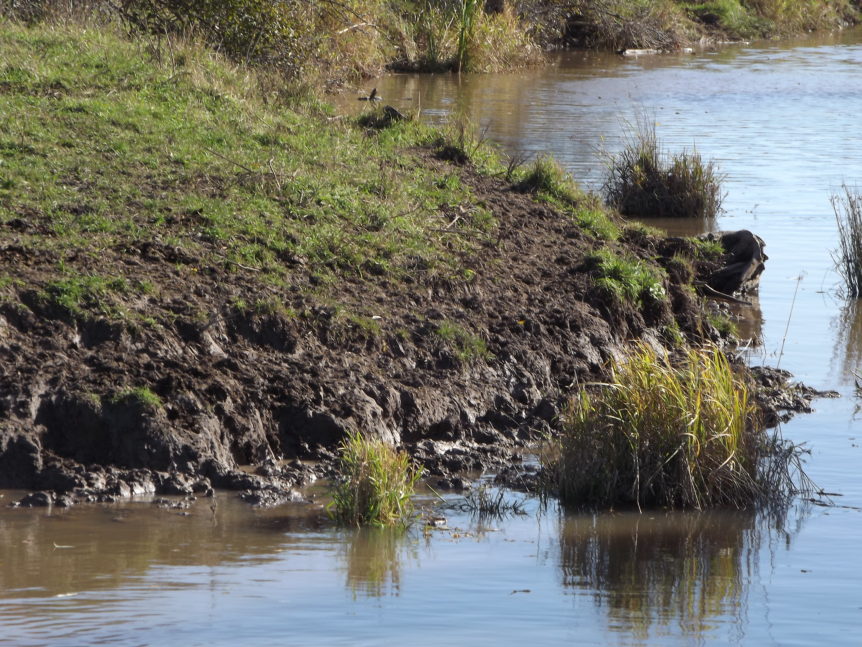A riparian zone is an area next to rivers, streams, lakes, and wetlands which is usually made up of water plants and saturated soils, along with ecosystems associated with these areas. Riparian zones serve the very important role of preventing soil erosion, which improves water quality, benefits fish health, and maintains a sustainable shoreline. Without an established Riparian zone consisting of trees and shrubs erosion can occur quickly, wearing away the shoreline, allowing nutrients to be leached from the soil, and allowing cattle to access the river.
In the case of Bar River in Laird Township of the Algoma district, the lack of an established Riparian zone combined with the movement of cattle in and out of the river has caused significant erosion, decreased water quality and increased sedimentation within the river. Through the efforts and support of the Rural Agri-Innovation Network (RAIN), the Kensington Conservancy, and the Central Algoma Freshwater Coalition (CAFC) the riparian zone along the river will be restored and the area fenced off to prevent further erosion due to cattle movement. With the help of a group of volunteers and staff members 650 meters of shoreline is planned to be fenced off, and 200 shrubs and 200 trees will be planted along the shoreline of Bar River. Some species that will be planted include: Red Osier Dogwood, Meadowsweet, Trembling Aspen, and Eastern White Cedar.
Volunteers are welcomed and encouraged to come out and participate. Workshops have been held for volunteers which covered erosion, riparian zones, proper tree planting techniques, and identification of native species. Our proposed planting date in June 15th, if you are interested in participating please contact Mikala Parr (Research Technician) at (705) 942-7927 x3046 or mparr@ssmic.com.
Funded by the Great Lakes Guardian Community Fund
Written by: Anik Graves
For more information about this project, please contact:
Mikala Parr, Research Technician
705-942-7927 x3046
mparr@ssmic.com

